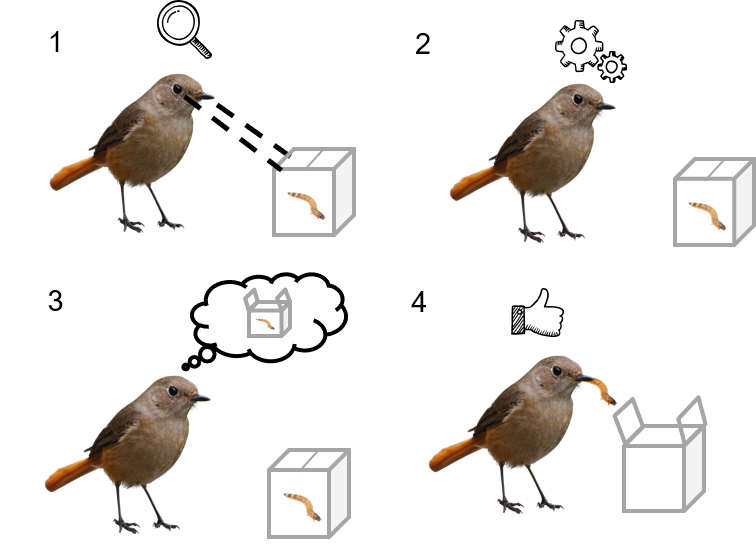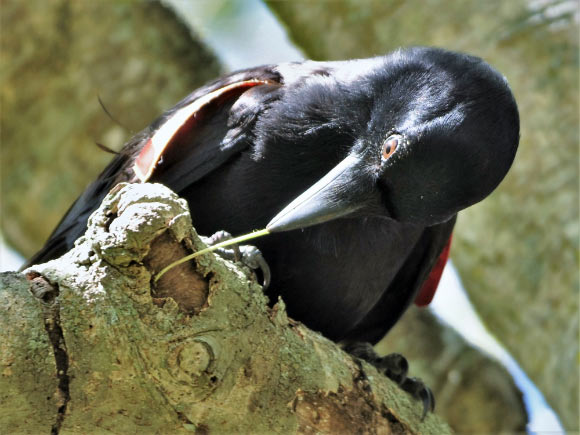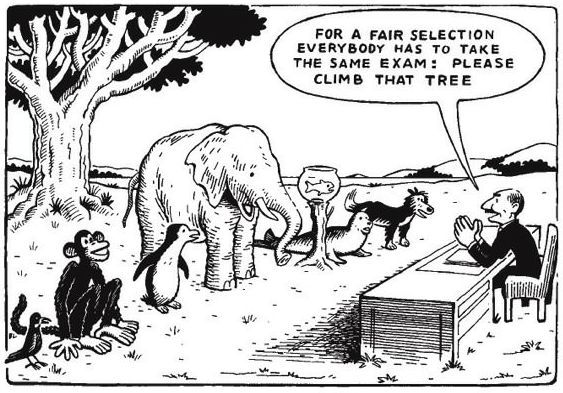If you travel overseas (especially to Australia) you are likely to hear a lot of sheep jokes about New Zealanders. This makes sense when you realise that nearly 40% of the total land area in New Zealand is sheep and beef farms (our conservation estate is 31% of the total land area) (see Jennifer Pannell’s super cool infographic below). These farms also contain 25% of the native vegetation in New Zealand. This means that farms provide an excellent opportunity for improving our native biodiversity.

I’m part of a National Science Challenge project that has been looking at just that; considering how the connectivity of bush patches on farms can help facilitate the movement of native species across the landscape. Connectivity can be thought of in two ways. Structural connectivity refers to how the vegetation is arranged, such as spacing between habitat patches or corridors of vegetation between them, while functional connectivity refers to species-specific needs and how species interact with landscape structures, such as how far birds can fly between bush patches and how large the patches need to be. So, if you are considering connectivity from the perspective of a robin, then patches of vegetation may need to be as close as 100m from each other, compared to a kereru which can fly 10s of kilometres between habitat patches.
It’s all well and good to enhance connectivity to help the robin, tūī or kōkako disperse and move throughout the landscape, but is this enhanced connectivity also facilitating the movement and populations of invasive mammalian predators? That would be a perverse outcome for bird species whose habitat we are aiming to improve. This is what I’m aiming to find out during my PhD. In particular I’ll be looking at feral cat movement on farms and how the distribution and arrangement of native vegetation influences their movement. Understanding cat movement on farms in relation to vegetation connectivity will help with both managing biodiversity and farmers hoping to minimise diseases, such as toxoplasmosis, on their farms.

Cathy is a PhD student in the Centre for Biodiversity & Biosecurity, School of Biological Sciences, University of Auckland. She is studing feral cat movement and landscape connectity in agroecosystems. She is supervised by Margaret Stanley, Hannah Buckley, Brad Case and Al Glen.



